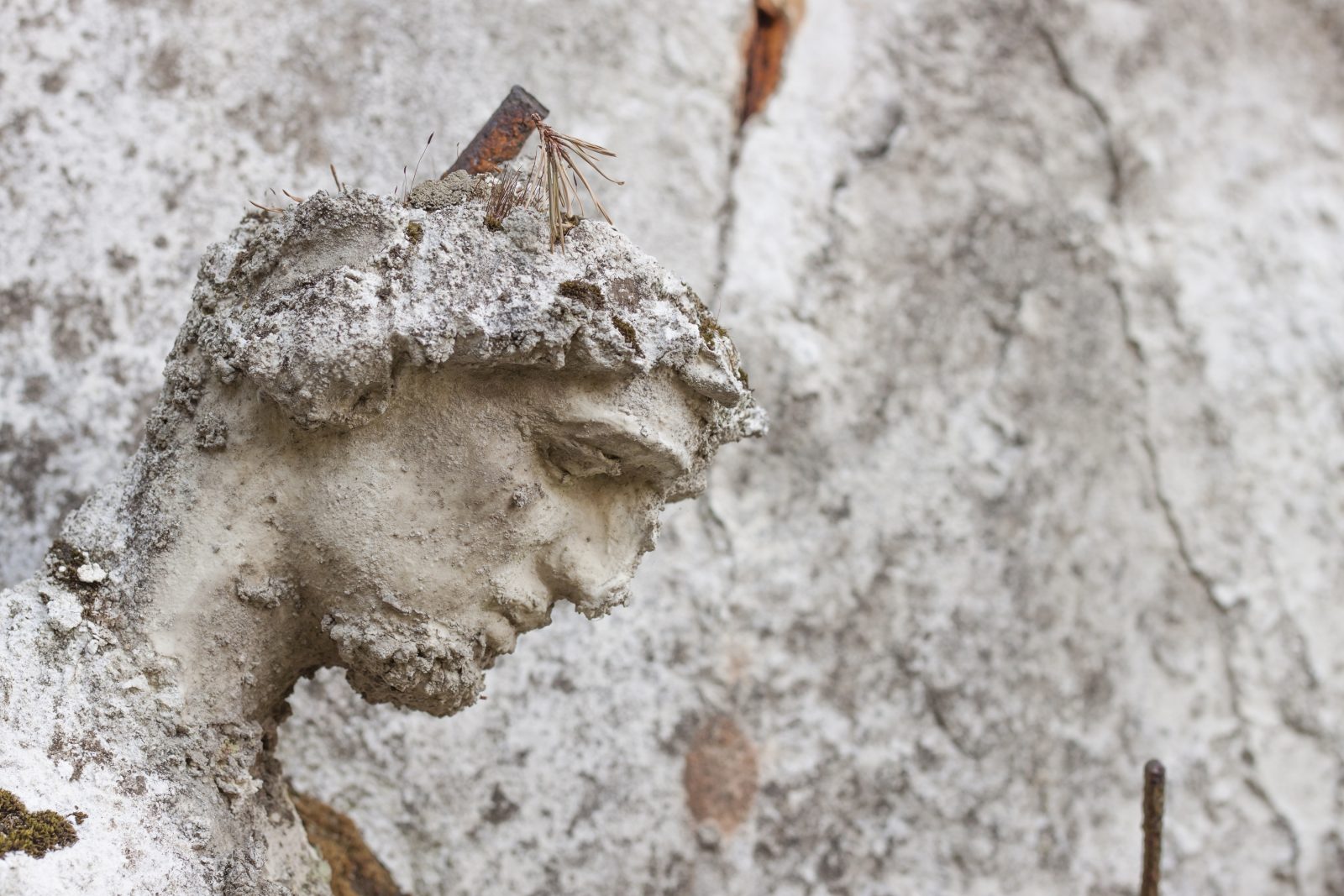


How to Destroy Love with Darwinism
On today’s ID the Future, host Andrew McDiarmid presents an Evolution News essay, “How to Destroy Love with Darwinism.” Altruism as defined by evolutionists means “behavior by an animal that may be to its disadvantage but that benefits others of its kind.” It’s not an easy fit with Darwinism, since Darwinian evolution is all about passing your favored genes onto your offspring. How can a creature do that if she gives her life for another, particularly when it’s not even her own children, and before she has produced any offspring? Such individuals fail to pass on their own genes — a seeming conundrum for Darwinism. Evolutionists have made some progress (they think) explaining such things with theories of group selection or kin selection. But those explanations face some fresh challenges and don’t even begin to explain self-sacrificial acts done for non-kin, a behavior we see among humans. From a design perspective, though, such behaviors are not baffling, for they are not genetically determined acts, as if humans are only wet robots governed by genes. They are acts of true self-sacrificial love, done freely and made possible because reality is more than matter and energy, and humans are more than just DNA survival machines.

Let’s Champion Human Exceptionalism, Pt. 3
On this classic ID the Future, hear more from bioethicist Wesley J. Smith about The War on Humans. In this episode of the series, hear about the legal movement to establish legal rights for animals, and even plants. Smith examines the meaning of the term “personhood” and its implications for human rights.

Cosmos: Possible Worlds’ Religious Mythology
On this episode of ID the Future, science historian Michael Keas and philosopher Jay Richards continue their conversation about Neil deGrasse Tyson’s new National Geographic series Cosmos: Possible Worlds. As Keas explains, Tyson’s story of ancient superstition evolving at last into modern medicine gets both ancient and modern medicine factually wrong. His long-running “history” of the warfare between science and religion also is historically mistaken, Keas, author of Unbelievable: 7 Myths About the History and Future of Science and Religion insists. Curiously, Tyson has a future, quasi-religious myth of his own to promote: personal immortality through futuristic technology.
Nature’s Prophet Author Michael Flannery Reviews the Reviewers
On this episode of ID the Future, Michael Flannery speaks again with host Mike Keas about his book Nature’s Prophet: Alfred Russel Wallace, and His Evolution from Natural Selection to Natural Theology. Wallace was the co-discoverer of the theory of evolution by natural selection along with Charles Darwin, but in 1869 he broke with Darwin, disagreeing with him on the origin of special human attributes like art, music, and abstract thought.
Read More ›